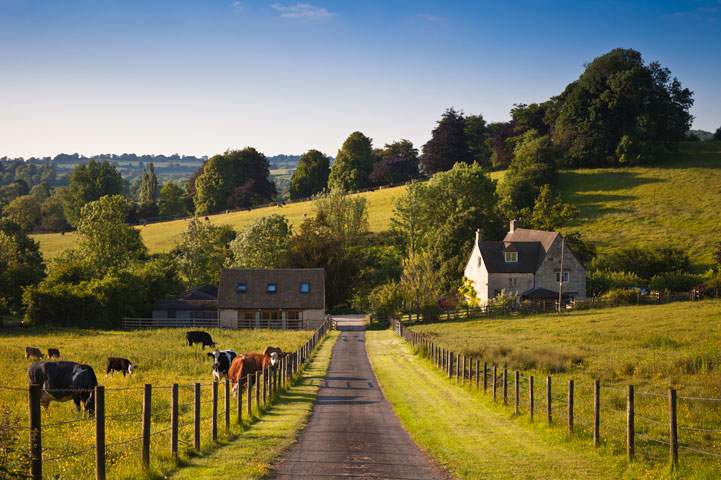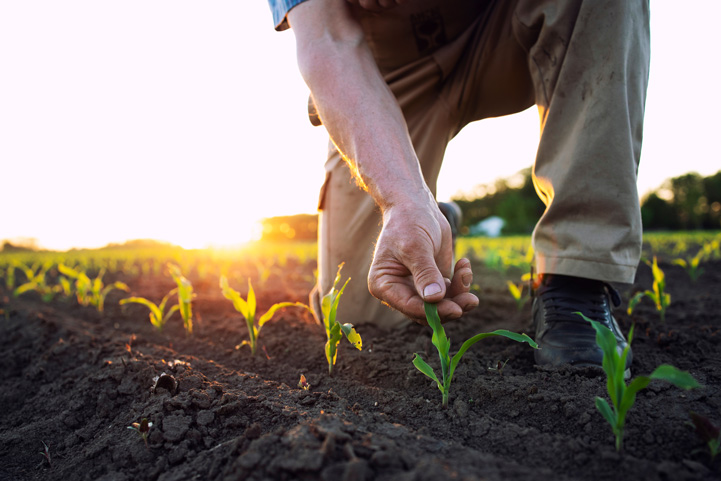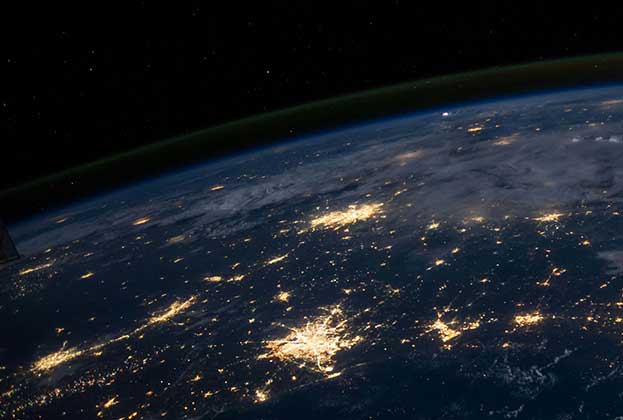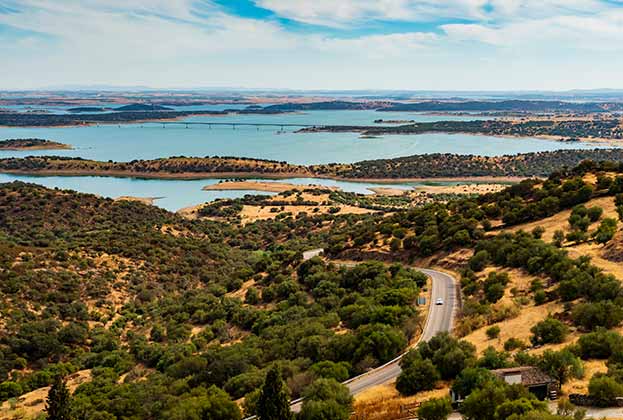Increasing domestic food production can be beneficial, but pursuing complete self-sufficiency can be environmentally and economically damaging
Why self-sufficiency doesn’t mean security
Self-sufficiency in food production would mean a nation is able to produce enough food to provide for its population’s nutritional demands without the need to import additional supplies. Yet if a nation is not able to distribute that food adequately across the population or if that level of food production is not consistent, that nation is not food secure. Food security is more than self-sufficiency. Indeed, this latest piece of Savills research indicates that self-sufficiency, if pursued incorrectly, can compromise a nation’s economic and resource efficiency rather than enhance it.
Satisfying demand
Analysis of the Savills GFSST shows that 89% of food goods consumed in the UK (by weight) could be produced domestically (Figure 4). That appears high, but only Japan, the Netherlands and Ireland rank lower. For two-thirds of the nations analysed, that figure stands above 95%. Seven nations score over 99%. This means the UK consumer demands more out-of-season and non-indigenous foods than other nations.
Even if the UK switched to entirely indigenous foodstuffs, there would still be work to do before achieving self-sufficiency in food production. Currently, the UK is only 74% self-sufficient in its calorie demand and 75% self-sufficient in its protein demand from indigenous food according to the Tracker. For New Zealand, those figures skyrocket to 222% and 221% respectively.
To deliver self-sufficiency under these demands, investment in the nation’s controlled environment agriculture assets would be required. Such an approach could divert capital away from more profitable activities, agricultural or otherwise, and increase the cost of food production by increasing energy costs. The profitability of individual farmers would be compromised by discouraging the production of the most profitable crops; those being the most suitable crops according to the land, climate, farmer’s expertise and local markets.
A sizeable investment in changing consumer attitudes to achieve improved efficiency in food production and consumption would also be needed. Both profit and preference are currently optimised by exporting or importing specific fractions of a foodstuff. Consider sheep meat; UK import and export quantities are approximately similar on the surface, but UK consumers prefer cuts from the hind quarters (leg, loin, sirloin). Other cuts of meat are often exported. In a self-sufficient nation, such preferences introduce significant inefficiencies, as does an aversion to ‘wonky’ vegetables or exotic fruits.

The risks of self-sufficiency
Being self-sufficient is far from risk-free and opens a nation up to other risks that are arguably of greater threat, such as a volatile climate. Due to the high rainfall in the UK since the autumn of 2023, the area planted with wheat in the UK for the 2024 harvest was the second smallest since 1980, and the harvest is forecast to be 25% smaller than in 2023. The rain has also negatively impacted vegetable, dairy and livestock production. In a self-reliant nation, the option to offset such shortfalls with imports from alternative climatic regions may well not be there, with trade relationships being a lower priority.
Balance the benefits
Economically, it is important to produce exportable goods, with the most competitive exports being those the UK can produce with a cost advantage; being able to deliver them at a lower cost than international competitors. For food, UK production costs are relatively high compared to global standards, primarily due to a lack of scale, meaning exports focus on sectors such as services or technology. For nations that can produce at scale, the production and ultimate export of food is more worthwhile. According to the Savills GFSST, major food-producing nations, such as Canada and New Zealand exceed 150% self-sufficiency in protein and energy. Nations such as the UK and Japan do not exceed 75%. (Figure 5).
This is not to say no gains are to be had from increasing domestic food production in targeted areas. There is often economic gain from replacing imports with national production thereby avoiding transport costs, trade barriers and tariffs. The environmental cost can also be reduced if done correctly.
The key is to balance risks and benefits. Nations should have options to increase self-sufficiency in times of difficulty. However, as our research has outlined, in ordinary circumstances, it is in a nation’s interest to optimise food according to the strengths and characteristics of that nation, the expertise of its farmers and the demands of its consumers to simultaneously optimise economic, environmental and social outcomes.

Read the articles within Spotlight: Global Farmland below.
.jpg)


